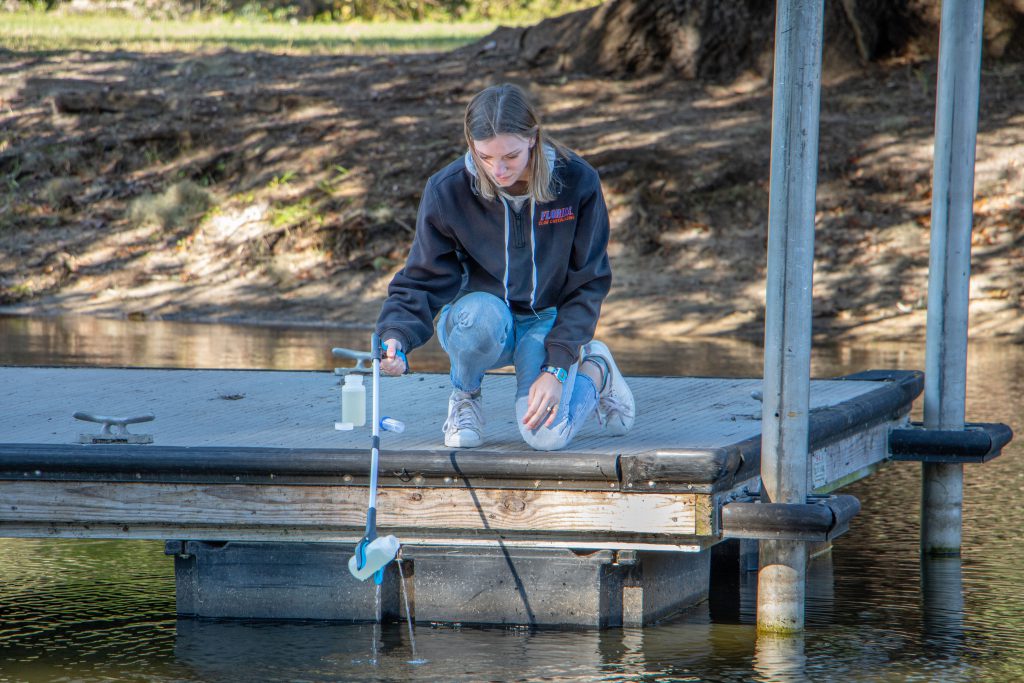Forever Chemicals:
What You Can Do
Check out your products:
- Because PFAS chemicals are so widely used, their presence in the human body is near-universal. Still, it’s possible to avoid some exposure by reading up on your products:
- Avoid personal care products such as dental flosses that list “PTFE” or “Fluoro” in the ingredients.
- Avoid PTFE-based nonstick pans and kitchen utensils. (Also, a “PFOA-free” label could mean that one chemical was replaced with another potentially dangerous one.)
- Pop popcorn on the stove; microwavable popcorn bags are often coated inside with PFAS-containing coating.
- Ditto fast-food wrappers with slick, grease-repelling coating.
- Skip optional stain-repellant treatment on new furniture and carpet.
- Be wary of fabrics labeled stain- or water-repellent.
- Ask your favorite kitchen-product or outdoor-gear companies to get rid of PFAS. Amazon in December asked manufacturers of its Amazon Kitchen brands to phase out forever chemicals.
Work on clean water:
- Drinking water is a major route of PFAS exposure.
- Research has shown that home water filters are only partially effective at removing PFAS. The real answer is to keep PFAS from getting into drinking water.
- The EPA in 2021 is expected to work on a national strategy for PFAS including considering a maximum contaminant level in drinking water and/or designating the chemicals hazardous, which could help contaminated sites get cleaned up. Here are some links to keep up with proposed changes, track bills, or get involved:
- EPA PFAS Action Plan
- NCSL Environmental Health Database
- Environmental Council of the States (ECOS) PFAS webpage

Read Next: About the Project
 Forever in Florida
Forever in Florida